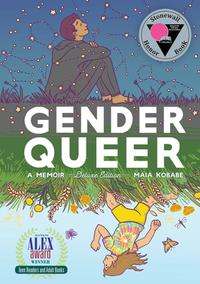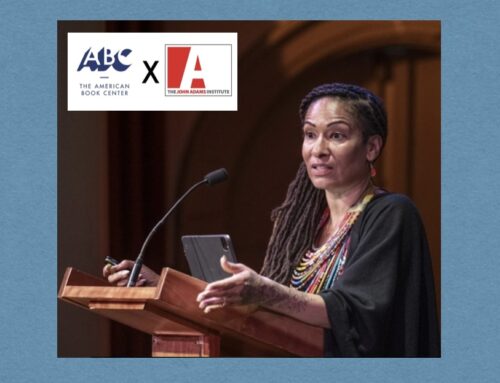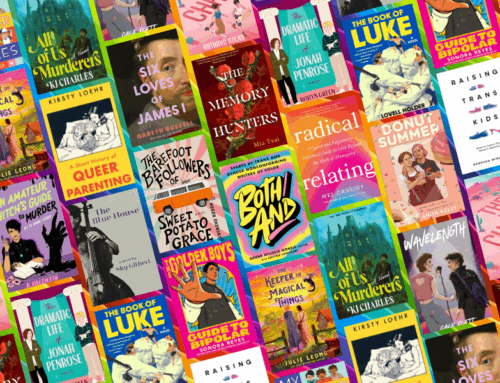Written by Lauren
Author and New York Times culture writer Nina Siegal has written four books, three novels including The Anatomy Lesson, and most recently, the nonfiction The Diary Keepers, the story of World War II as told through the words of ordinary Dutch residents who lived through it.
A native New Yorker who calls Amsterdam home, Nina has appeared at ABC often in the past. In connection with Banned Books Week the first week in October, she’ll be returning this fall to talk about the continuing assault on books.
According to the American Library Association (ALA), 2022 saw the highest number of censorship reports since the association began compiling data regarding library censorship more than 20 years ago. “ALA’s Office for Intellectual Freedom tracked 2,571 unique titles targeted for censorship, a 38% increase from the 1,858 unique titles targeted in 2021,” says the organization.
Most of them were written by or about members of the LGBTQIA+ community and people of color.
We asked Nina to tell us more about this disturbing phenomenon and what we, as book lovers, can do to help reverse the trend.
ABC: You’ve written books featuring Rembrandt paintings and World War II diaries. What got you interested in delving into banned books?
Nina: I’ve long been interested in book banning throughout US history, because I think the way that a culture responds to books reflects so much about political and social attitudes. We often associate book banning with the Nazis, but authoritarian regimes since the Qin Dynasty have marked reigns of terror by burning texts and attacking intellectuals, historians and journalists. There’s a quote: “Where they burn books, they will end up burning people.” What’s interesting is that that quote is not about the Nazis; it was written about a century earlier regarding an attempt to burn a Koran.
ABC: Do you think the situation is getting worse? And are we only talking in the US or worldwide?
Nina: The situation in the US is certainly getting worse. The American Library Association (ALA) and PEN America both track book banning and attacks on libraries, and both report that more books are under attack now, and books are being banned at a faster rate, than at any time in US history. The attacks are increasingly on writing by LGBTQIA+ authors, as well as on African American, Latin-X and Jewish writers. Drag queen story hours at public libraries have been shut down by Proud Boys in military gear. We’ve seen that movement copied in other countries as well—including here in the Netherlands. Just last year, Dutch author Pim Lammers, who was invited to write a poem for Kinderboekenweek (Children’s Book Week), received so many online death threats that he felt forced to decline. The NRC newspaper also found that in 2021, there was a fair amount of censorship of certain topics in school books based on outside religious and political pressure.
ABC: Is there a particular book you feel passionate about that’s being targeted by book banners? And why?
Nina: I was very impressed with Gender Queer [2022’s most challenged book], a graphic novel by Maia Kobabe that tells a coming-of-age story about a girl who finds she wants to be identified as non-binary. It wasn’t something I would have normally read because it’s not in my age group, but because it was one of the most banned books in the US last year, I read it, and teach it. It is a moving book that helps people to understand what it’s like to struggle with gender identity, from the inside. I found it very touching and can’t understand why it’s under attack.
ABC: What can we readers do to help stop this book backlash?
Nina: Check out PEN America and get updates on the attacks on books worldwide for some background. And act locally: check with your local school and find out whether there are books that are “off limits” to teachers. Speak out when you hear that an author is being silenced because of their work or their lives. Great writing is here to help us all become more compassionate human beings. But mostly, read banned books!






